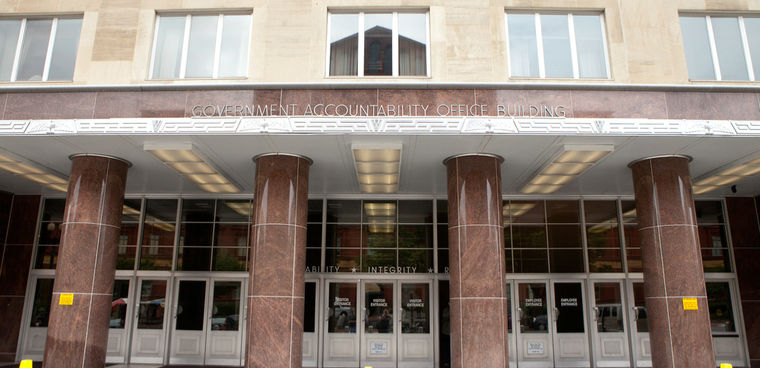New GAO tech office starts to take shape

The Government Accountability Office's new science and technology wing plans to double its staff size and take on a much broader role in the IT modernization and emerging tech space.

The Government Accountability Office's new science and technology wing plans to double its staff size and take on a much broader role in IT modernization and emerging tech.
While the GAO Science, Technology Assessment, and Analytics team -- which represents something of a compromise to reviving the Office of Technology Assessment -- looks to adopt some of the same functions of OTA, it will be an extension of the legislative branch's auditing arm.
GAO released more details about its steps forward for the tech team and about the vision of the sorts of problems and research areas it would take on. The watchdog specifically mentioned five emerging technologies that will "potentially transform society" -- gene editing, artificial intelligence and automation, quantum information science, augmented reality, plus cryptocurrencies and blockchain.
The team will have four groups: the technology assessment and technical assistance group, the science and technology program oversight group, the engineering sciences group, and the innovation lab, which is an entirely new initiative that will develop analytic capabilities and emerging technologies.
Congress appropriated $15 million for the new GAO office, which plans to double the size of its current science and technology workforce " to significantly expand the level of support we can provide to Congress," GAO stated.
Zach Graves, head of policy at the Lincoln Network, said overall, "it's making a lot of really important steps forward."
"The biggest challenge to reviving OTA or a similar entity has been getting the money to do it in a serious way," he said. "The first important thing about this is they've overcome that big hurdle."
Two of the most encouraging features, Graves said, were the plan to include industry, academia and society at large in the feedback process, as well as the goal of providing lawmakers with policy options in the tech space, where Congress is in dire need of expertise.
"To anyone paying attention, it's evident Congress has a tech literacy problem," he said.
Still, Graves pointed out the new GAO office has "a noticeably different focus" than OTA did -- namely it'll be more focused on technology and government.
The legislative branch has shown at least some willingness to take a look at where it's coming up short in technology and modernization. At the start of the new Congress, the House of Representatives stood up the Select Committee on Modernization to develop recommendations on how to modernize the operations of Congress, from technology to human resources to the way lawmakers communicate with their constituents.
Graves said as the new team takes shape, "the next challenge is figuring out how to build iteratively on this model … to build a separate culture that's different than the current team."
The role of OTA, Graves pointed out, was future oriented, aimed at anticipating the impact of technology on society. GAO's, on the other hand, "is focused on auditing and ex-post kind of analysis," he said.


